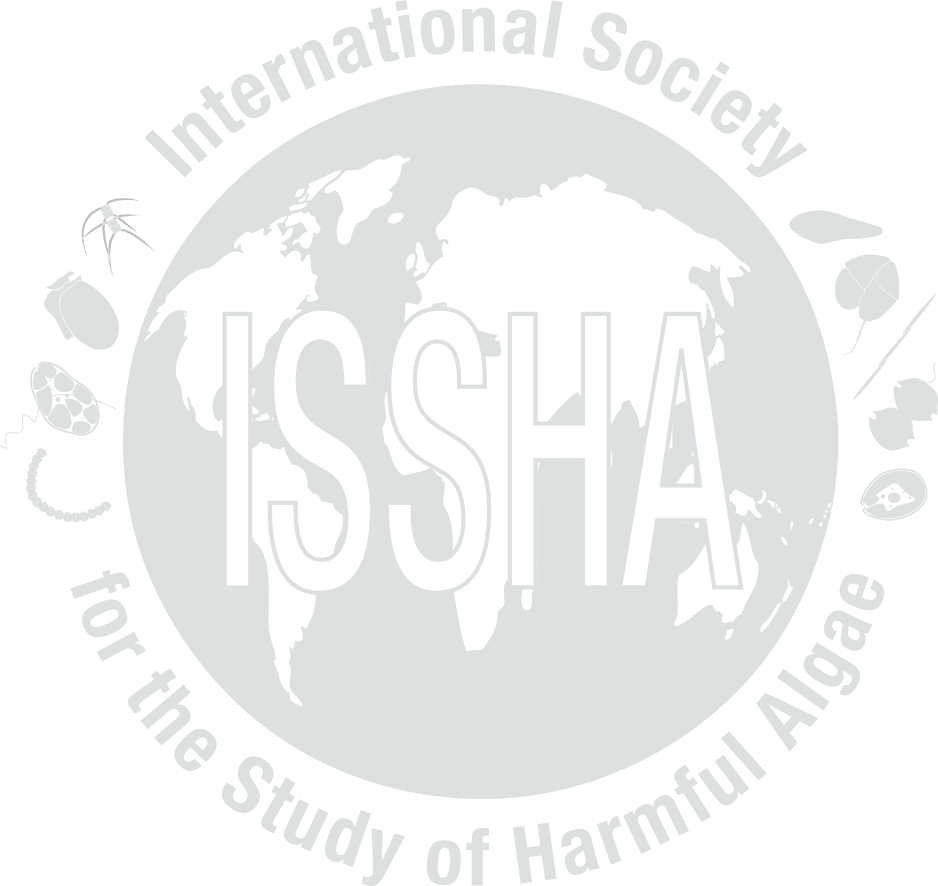


| Event name: | NO-98-002 | |
| Country: | NORWAY | |
|
Nature of the harmful event: |
Seafood toxins | |
|
Event directly affected: |
||
| Toxicity detected: | Yes (Approximate range: Toxins recorded above the action level.) | |
| Associated syndrome: | DSP | |
| Unexplained toxicity: | No | |
| Species implicated in toxin transmission (transvector): | ||
| Report the outcome of a monitoring programme: | Yes | |
| Event occurred before in this location: | Yes (A few more dubious historical records. A yearly more or less large scale and long lasting phenomenon since 1984 according to mouse biossay. The phenomenon has never been so extensively monitored as since 1992. The problems in 1997 were less than average.) | |
| Individuals to contact: | DAHL, Einar | |
| Location: | Latitude: , Longitude: | |
| General location information: |
Sognefjord and Romsdal., South Coast. HAB Area code(s): NO-09 |
|
| Additional location information: | Dinophysis spp. were recorded all along the Norwegian coast but most numerous along the south coast and at two stations, Sognefjord and Romsdal, at the west coast. | |
| Bloom event dates (yyyy/mm/dd): | ||
| Quarantine levels dates (yyyy/mm/dd): | ||
| Additional date-related information: | Toxins in mussel were recorded at three stations. At the station, Flödevigen, along the coast of Skagerrak in October, at the station Sognefjord in august and at station Romsdal in May-June. | |
| Causative organism known: | Yes | |
| Causative Species/Genus: |
Dinophysis acuminata
( cells/L)
Dinophysis acuta ( cells/L) Dinophysis spp. ( cells/L) |
|
| Co-Ocurring Species/Genus: | ||
| Chlorophyll concentration, if known: | µg/l | |
| Additional bloom information: | Causative species: Dinophysis spp., with D.acuminata and D.acuta as the most potent species. | |
| Event-related bibliography: | ||
|
||||||||||||||||||||||||||
| Nutrient information: | ||||||||||||||||||||||||||
| Temperature Range During Event: | Max: °C, Min: °C | |||||||||||||||||||||||||
| Salinity Range During Event: | ||||||||||||||||||||||||||
| Bloom location in the water column: | ||||||||||||||||||||||||||
| Growth: |
Advected
In situ |
|||||||||||||||||||||||||
| Growth Comments | Along the southern coast there are some evidence that the algae and toxin problems are spread by advection. But along the west coast the "hot spots" seems to be rather patchy which indicate local concentration of the algae and/or in situ growth. | |||||||||||||||||||||||||
| Additional Environmental information: | The problem occurred over a wide range of of temperatures and salinities. | |||||||||||||||||||||||||
|
|||||||
| Kit used: | Type of kit used: | ||||||
| Additional information: | Control of shellfish toxicity by mouse Bioassay. | ||||||
| Economic losses: | |||||||
| Management decision: | Harvesting was locally banned. The public was warned against picking toxic mussels. | ||||||
| Additional harmful effect information: | |||||||
